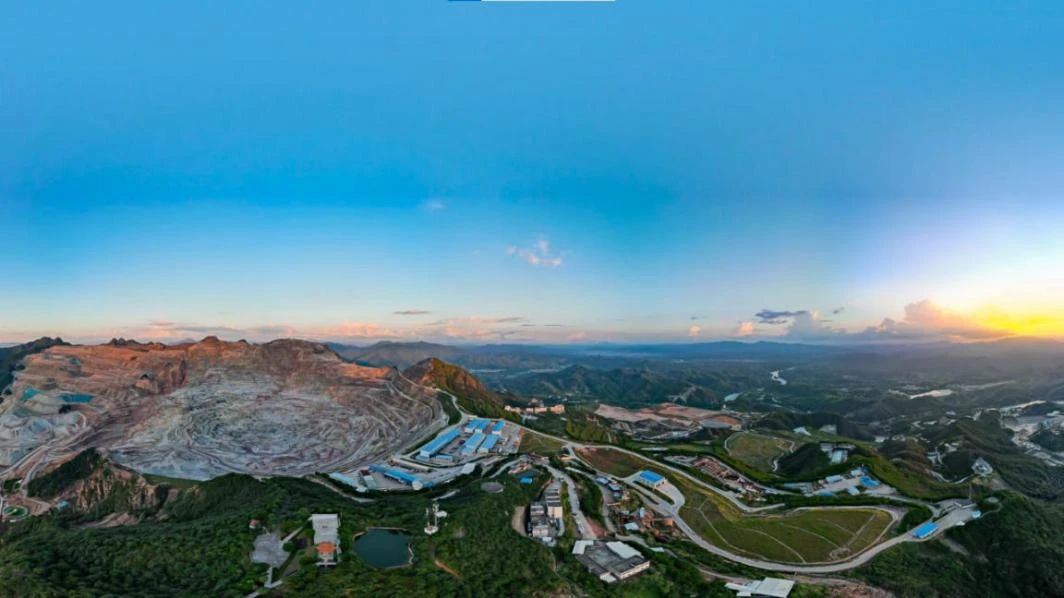
2022年8月15日
The International Energy Agency has calculated that the world could face a shortage of lithium by 2025 and a 50 per cent shortfall by 2030. Credit Suisse thinks demand could quadruple between 2020 and 2025, meaning "supply will be stretched". The IEA says the world needs about 2bn electric vehicles on the road by 2050 to achieve net zero emissions, but only 6.6m were sold last year.
The lithium-ion battery pack of a single electric vehicle contains about 8kg of lithium, according to Argonne National Laboratory, the US Department of Energy's Science and Engineering research center. Global lithium production last year totalled 100,000 tonnes (90.7 million kg), out of global reserves of about 22 million tonnes (20 billion kg).
Dividing global lithium production by the amount of lithium needed for each battery shows that not enough lithium was mined last year to produce 11.4 million electric vehicle batteries. After a 75 per cent year-on-year increase in sales to 2m units in the first quarter, annual EV purchases could soon reach that level, according to the IEA.
使用相同的计算,全球储备足以生产不到25亿电池。IEA的“到2050年”的路线图表明,世界将需要20亿电池电池,插电式混合动力车和燃油电池电动汽车才能达到净零。
However, not all of the world's lithium can be used in electric car batteries. The metal is also used to make batteries for many other things, such as laptops and mobile phones, and to make planes, trains and bicycles.
In theory, the world's lithium reserves are sufficient to meet the expected increase in demand. But that assumes that all the reserves can be put into production and that all the reserves are sufficient for batteries, which is unlikely.
“只有少数公司可以生产高质量的高纯度锂化学产品。”IEA说:“虽然有几个计划的扩展项目正在进行中,但对它们的能力可以在线速度的速度有疑问。”
According to the IEA report "The Role of Key Minerals in the Clean Energy Transition," lithium mines that started operations between 2010 and 2019 took an average of 16.5 years to develop. McKinsey estimates that more than 80 per cent of mining projects are completed late.


Because lithium deposits lie deep in the Earth's core and are difficult to extract, new mining infrastructure will take time to build. Capacity at existing facilities also remains relatively low, further constraining supply. According to Reuters, there is only enough lithium to produce as many as 14 million electric vehicles by 2023. Given the trajectory of EV sales, that could leave many potential buyers empty-handed.
Another potential obstacle to getting lithium out of the ground is that these resources are concentrated in a few places. According to the US Geological Survey, Australia produced the most lithium in 2021, but Chile has the largest lithium reserves in the world. The South American country forms the so-called "Lithium triangle" with Argentina and Bolivia. According to the 2021 USGS Mineral Commodity Summary, nearly 60% of the Earth's lithium resources are located in these three countries. However, lithium extraction requires a lot of water, which causes water stress problems. Today, more than half of lithium production is in water-scarce areas, which limit the development of lithium resources.
五矿证券佛recast that the total global lithium demand in 2021 is 490,000 tons LCE, a year-on-year growth of 54%, is expected to be 650,000 tons in 2022, a year-on-year growth of 33%, is expected to reach 1.55 million tons in 2025, 2030 will be expected to increase significantly to 3.94 million tons.